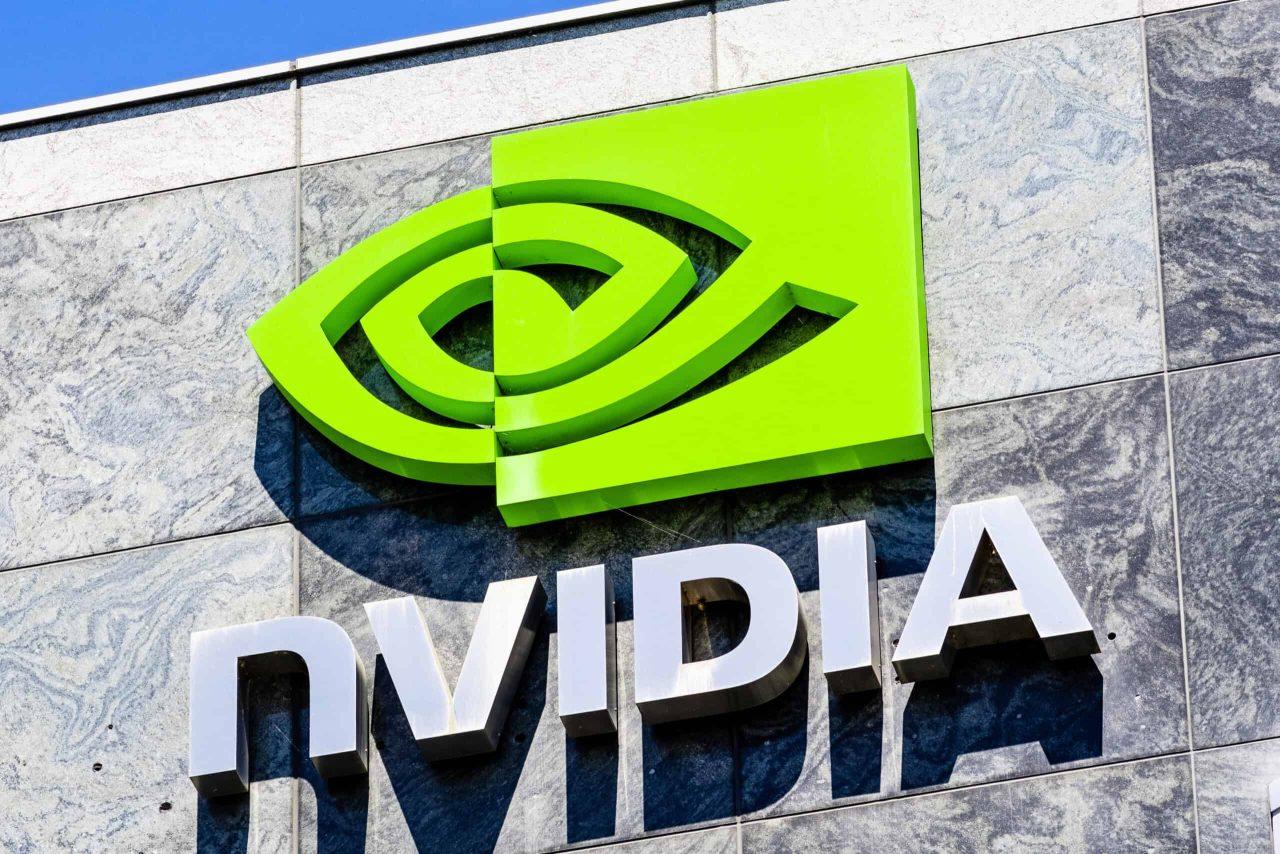NVIDIA recently experienced a substantial short-term loss, with its market cap dropping by $500 billion, equivalent to a 13% decline. Despite this historic drop, NVIDIA’s status as a trillion-dollar company, driven by its dominance in AI hardware, keeps it resilient.

NVIDIA’s recent $500 billion market cap loss, though historically significant, appears to be a momentary setback in the context of its broader trajectory. The company’s dominance in AI hardware, coupled with its innovative product launches, suggests that NVIDIA is well-positioned to recover and continue leading in both the gaming and AI sectors. Investors and analysts alike will be closely watching NVIDIA’s next moves to gauge the long-term impact of this short-term loss.
Key factors behind NVIDIA’s market cap drop
NVIDIA’s market cap plummeted by 13% in three days, translating to a $500 billion loss. This event marked the single-largest short-term loss in the company’s history. Despite this, NVIDIA’s rapid ascent to a trillion-dollar valuation underscores its pivotal role in AI hardware, particularly GPUs that power advanced AI computations.
One significant factor attributed to this downturn is CEO Jensen Huang’s decision to sell off $95 billion worth of NVIDIA stock. This action raised concerns among investors about potential instability. Senior market analyst David Morrison emphasised the possibility of a contagion effect if NVIDIA continues to lose ground, potentially spreading to other major tech companies and causing a more prolonged market pullback. However, he noted that investors currently remain focused on NVIDIA’s robust position in the AI market.
NVIDIA’s chips are reported to control around 95% of the AI market, giving the company significant pricing power. This monopoly is a cornerstone of NVIDIA’s market valuation and investor confidence.
Technological advancements and market position
NVIDIAa’s rise is closely tied to its advancements in AI technology. Recent product launches, such as the RTX 40-series Super cards and the upcoming DLSS 3.5 update, highlight NVIDIA’s ongoing innovation. The RTX 4080 Super, with a $200 price reduction, aims to capture a broader market, while DLSS 3.5 enhances ray tracing performance, showcasing NVIDIA’s commitment to pushing technological boundaries.
Gaming and AI synergy
NVIDIA’s historical popularity among gamers due to its powerful GPUs is now complemented by its dominance in the AI sector. As AI demands more computational power, NVIDIA’s GPUs are indispensable, ensuring the company’s relevance in both gaming and AI industries. The DLSS 3.5 update, which improves ray tracing and overall performance across RTX GPUs, exemplifies how NVIDIA leverages its gaming technology expertise to bolster its AI capabilities.
Market sentiment and future outlook
The significant stock sale by CEO Jensen Huang might have been a trigger for the recent market cap drop, but analysts suggest that NVIDIA’s overall market position remains strong. David Morrison pointed out that while profit-taking is expected after such a meteoric rise, the broader implications for the tech market are contingent on NVIDIA’s ability to stabilise.
NVIDIA’s strategic moves, including price adjustments and continuous product enhancements, aim to solidify its market position. The launch of DLSS 3.5 and the new RTX 40-series Super cards indicates NVIDIA’s proactive approach to maintaining its technological edge and market dominance.
Tradersdna is a leading digital and social media platform for traders and investors. Tradersdna offers premiere resources for trading and investing education, digital resources for personal finance, market analysis and free trading guides. More about TradersDNA Features: What Does It Take to Become an Aggressive Trader? | Everything You Need to Know About White Label Trading Software | Advantages of Automated Forex Trading









